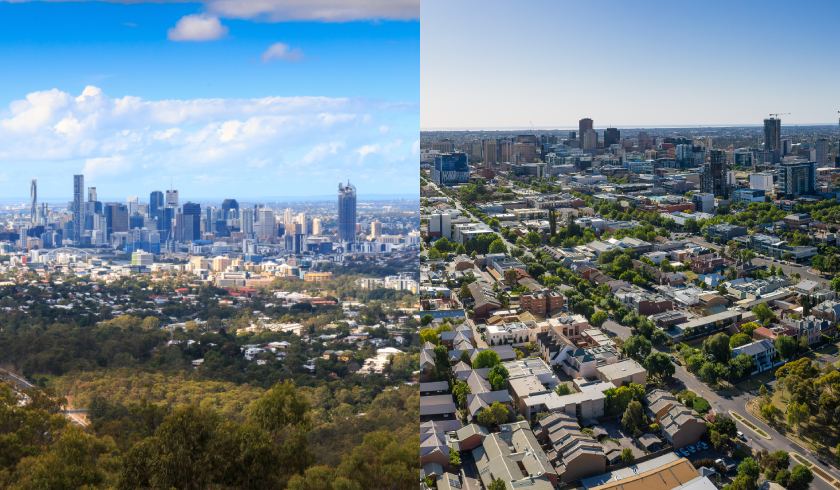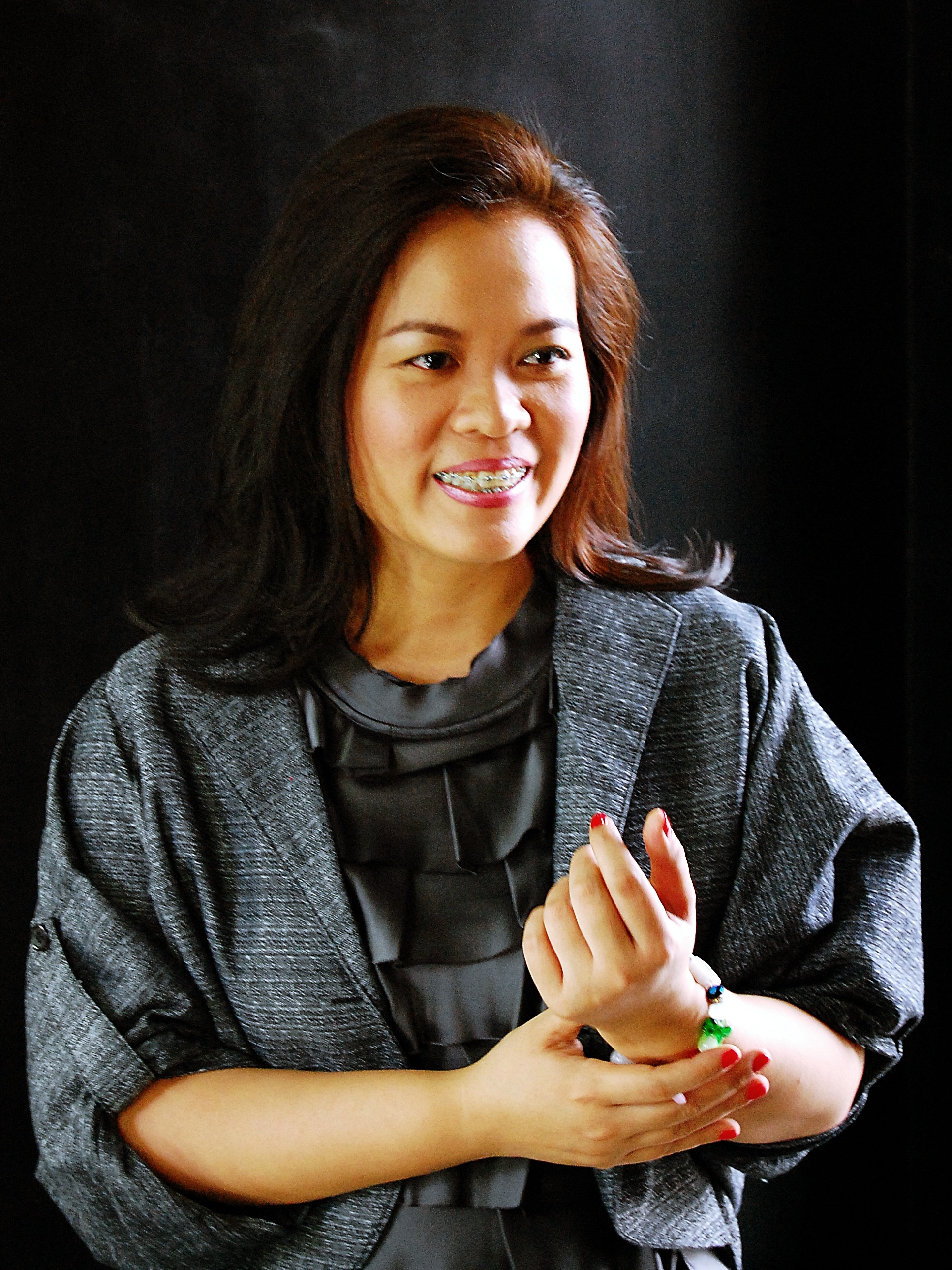The average house costs $130k more than it did 1 year ago
The annual rise in national housing prices in January has reached a new cyclical high of 22.4 per cent over the year, the highest rate of growth since June 1989.

Australian dwellings are currently valued $131,236 more than they were a year ago, according to the latest Home Value Index report of CoreLogic released on 1 February 2022.
The national index of house values has increased by 1.1 per cent in January, up 10 basis points over the previous month’s figure of 1 per cent.
Contributing to the strong price growth nationally is Brisbane, which emerged with the highest yearly growth rate among capital cities, at 29.2 per cent or approximately $159,763.
On the flip side, quarterly change has continued to soften, mirroring the longer-term pattern of slower growth in most Australian regions.
Tim Lawless, research director at CoreLogic, has observed that housing stock is thinly transacted in January and said it would be crucial to monitor the trend when transactional activity ramps up as home sales move out of seasonal lows.
“The early indication is that housing markets are starting 2022 with a similar trend to what we saw through late last year. Values are still broadly rising, but nowhere near as fast as they were in early 2021,” he said.
Mr Lawless has attributed the gradual growth to a decrease in government stimulus, affordability issues, rising fixed-term mortgage rates, stricter credit conditions, and an uptick in new listings in Q4 2021.
The January results for capital cities continued a trend observed in recent months, with Brisbane and Adelaide leading the way at 2.3 per cent and 2.2 per cent, respectively, followed by Hobart at 1.2 per cent.
Melbourne, on the other hand, got back on track after a slight fall in values the previous month and saw a moderate increase in monthly growth rate at 0.2 per cent. Darwin saw a 0.5 per cent, while both Sydney and Perth were at 0.6 per cent.
Three of the eight major cities have surpassed the median house value of a million dollars in January.
Melbourne’s median house value reached $1 million for the first time, while Canberra’s median house value surpassed $1 million for the second month in a row. The median house price in Sydney has risen to a little below $1.39 million.
Meanwhile, the CoreLogic report has shown the combined regionals index is up 1.8 per cent over the month and 6.3 per cent over the rolling quarter, indicating that regional markets continue to outperform national markets in terms of home values. Comparatively, the combined capital cities saw an increase of 0.8 per cent over the month and 2.6 per cent over the rolling quarter.
Rural Queensland (2 per cent) and regional South Australia (2.1 per cent) topped the monthly growth rise, which is in alignment with their capital cities. The rest of the regions saw at least a 1.2 per cent rise, suggesting an increase in demand for regional housing and low levels of stock.
Looking at houses and units side by side, it was observed that the pandemic trend of house prices rising faster than units was sustained. House prices rose 1.3 per cent nationally in January compared to a 0.3 per cent increase in unit prices.
In January, the disparity between the national median house and unit valuation hit a new high of 28.3 per cent. As a result, demand may shift to the more affordable medium-to-high density segment of the market.
CoreLogic has identified the strongest regional markets during the previous 12 months as accessible locations with lifestyle properties such as the Southern Highlands and Shoalhaven (+37.6 per cent), Sunshine Coast (+34.4 per cent), and Hunter Valley, excluding Newcastle, (34 per cent ).
More rural regional markets, such as the Central West and NSW capital region, have also risen the ranks in the last three months.

